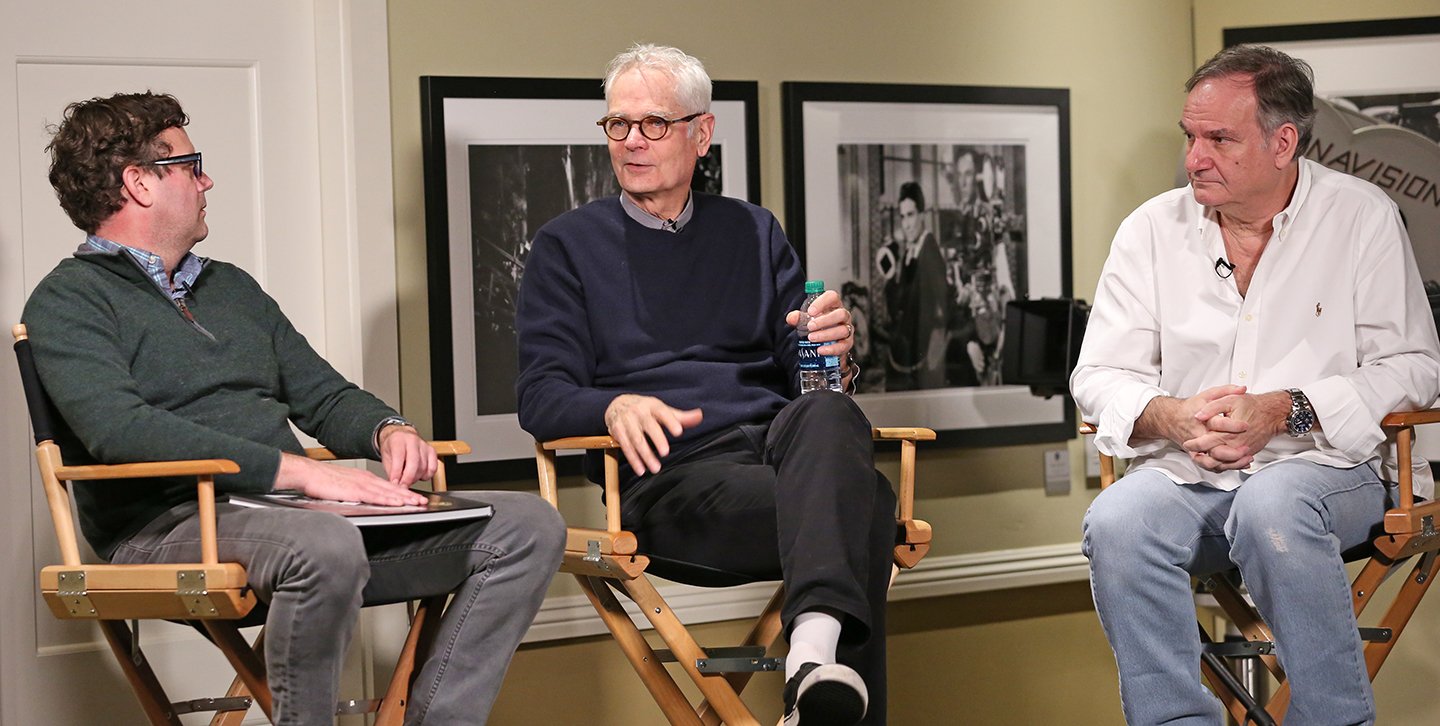
Clubhouse Conversation: ASC Members Caleb Deschanel and Robert Legato on The Lion King
The filmmakers discussed how they crafted this photorealistic computer-generated reimagining of the classic Disney animated feature.
The cinematographer and visual effects supervisor discuss employing cutting-edge technology to recreate a realistic rendition of the animated Disney tale.

ASC members Caleb Deschanel and Robert Legato recently visited the ASC Clubhouse for a discussion with American Cinematographer contributor Jim Hemphill on their latest collaboration, The Lion King.
The film is a photorealistic computer-generated reimagining of the classic Disney animated feature. Deschanel served as the director of photography, and Legato served as the visual effects supervisor. While Legato had previous experience on similar photorealistic Disney projects — he served as visual effects supervisor on The Jungle Book — this was a first for Deschanel.
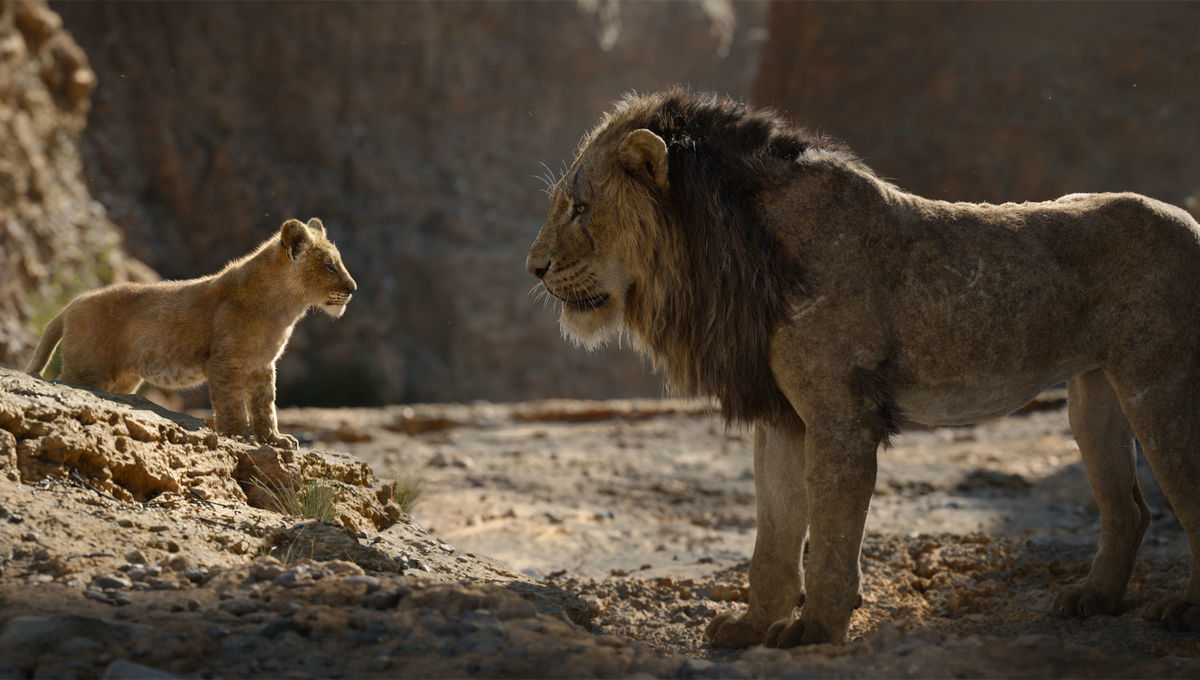
At the top of the conversation, Deschanel admitted that he doesn’t feel he’s the person a project would bring aboard while exploring the latest technology. Legato, by comparison, had been using elements of the technology since The Aviator in 2004. But, the cinematographer added, this is precisely why director Jon Favreau wanted him. Deschanel was selected to direct the photography because of his many years of experience shooting live-action pictures, including The Right Stuff, Being There, The Black Stallion, The Natural, The Patriot and The Passion of the Christ.
A three-time Oscar winner, Legato’s visual effects credits include Apollo 13, Titanic, The Departed, Avatar and The Wolf of Wall Street.
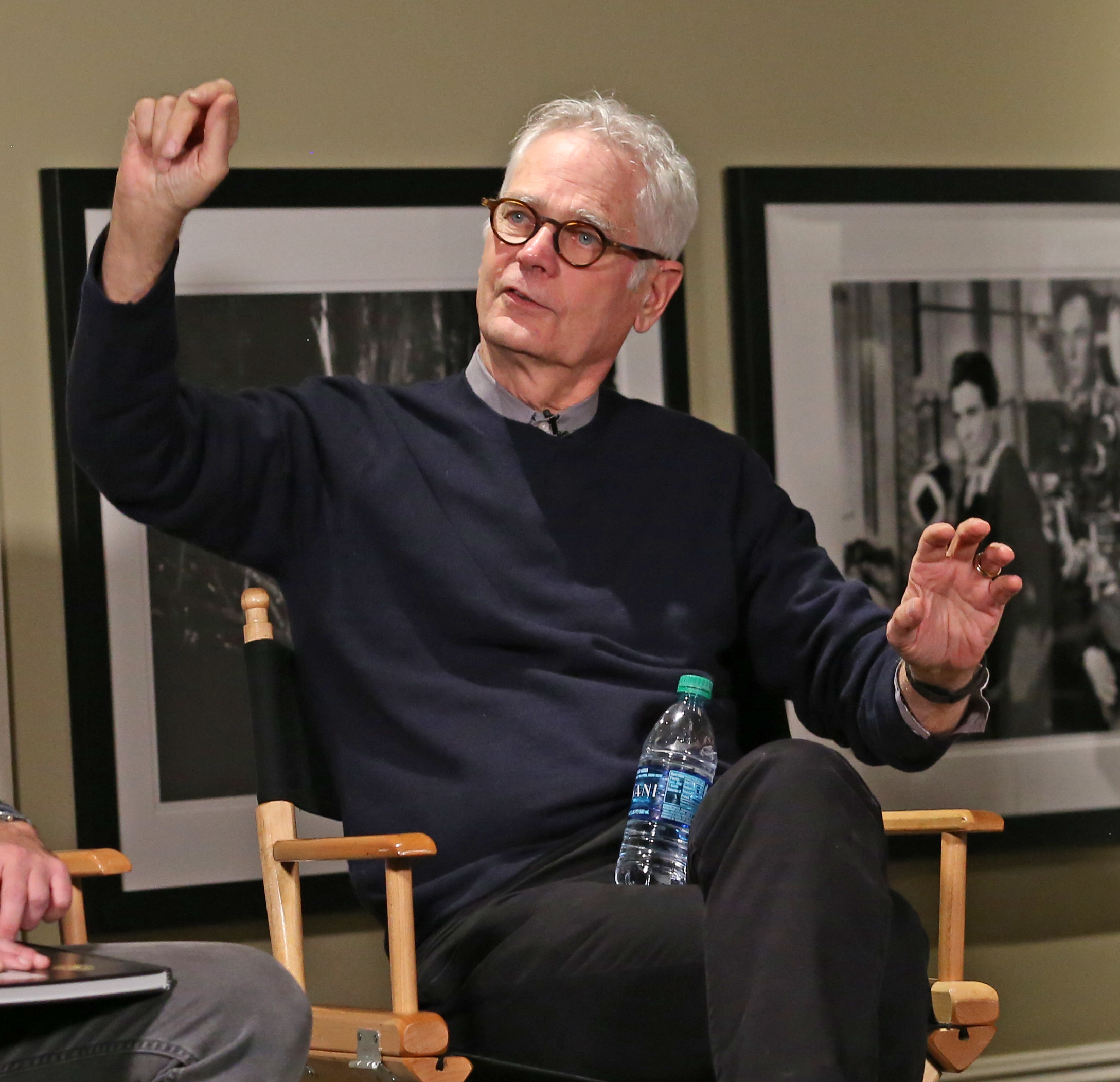
To prepare for the project, the filmmakers traveled to Africa to gain the experience of photographing animals and observing the sky and light. They wanted the look of the project to feel like a documentary, and therefore went about recreating the look of this unique landscape. Legato noted that they were later able to virtually “location scout” the resulting 3D model, and that it was otherwise exactly like a traditional location scouting experience. The benefit, he added, was that he and Deschanel could travel miles in the click of a button.
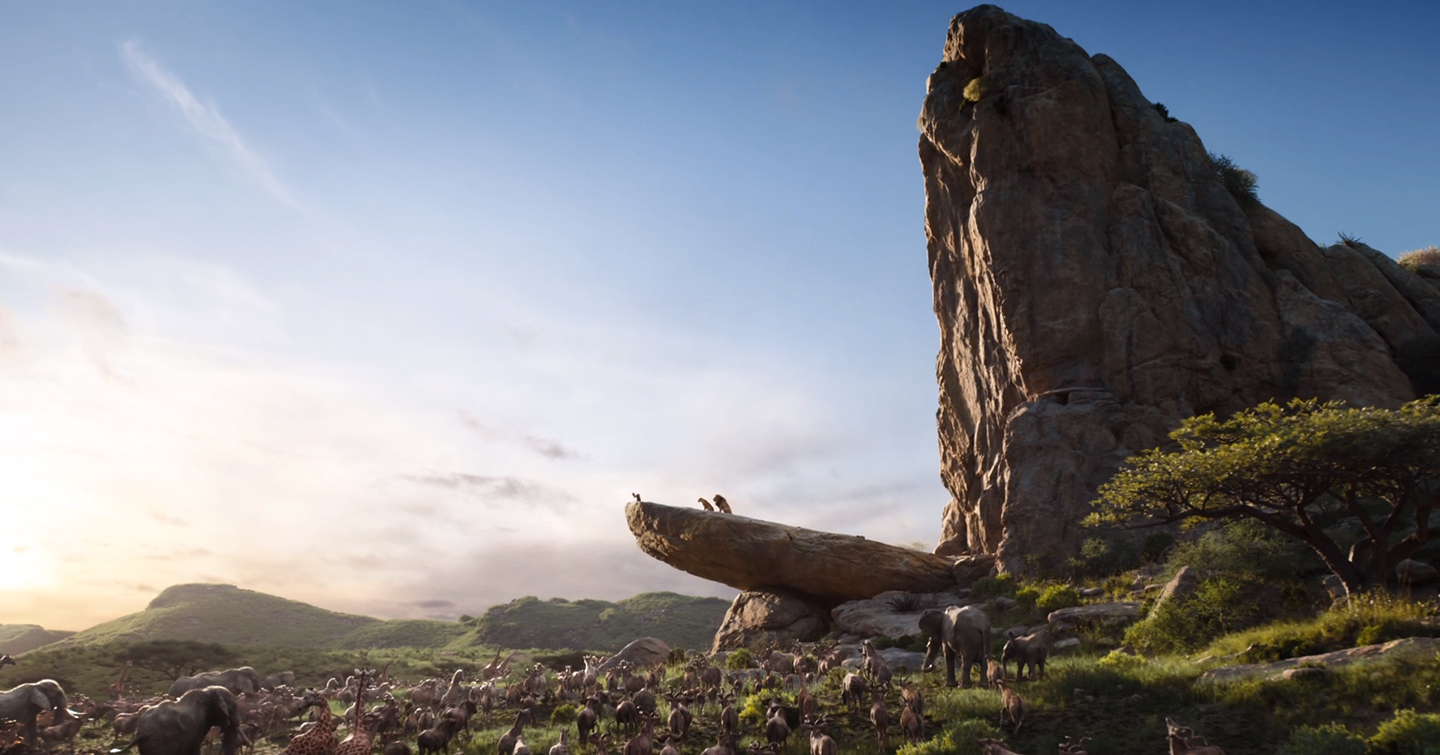
For the real-world Africa scout, the filmmakers brought Arri Alexa 65 digital cameras with large-format lenses provided by Panavision, which inspired the look of the computer-generated images. Deschanel shared that he had to remind the CG animators that “there’s only one sun and one moon,” and joked that in the virtual realm, lighting sources can sometime get “out of hand.”
Legato added that the filmmakers had a consistently blurred line between pre-production, production and post.
The collaborators also filmed other live-action reference elements, including voice actors Seth Rogen and Billy Eichner — who played Pumbaa and Timon, respectively — while the two improvised during their recording sessions.
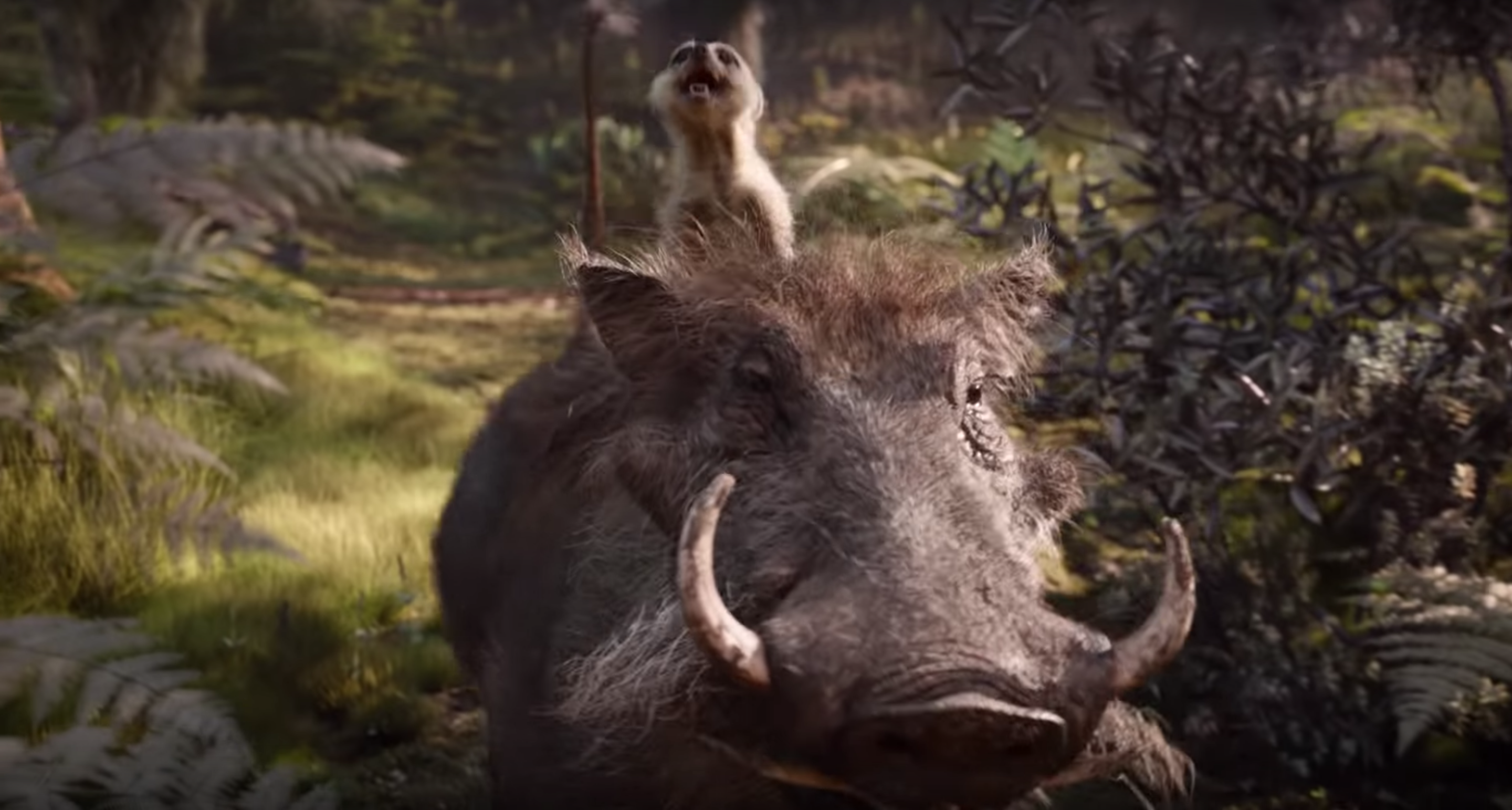
Throughout the conversation, Deschanel and Legato stressed how similar the filmmaking process was to a live-action project. “We find the emotional reasoning of our light and cameras angles,” Deschanel stated, as in any project.
You can read AC’s complete production story on The Lion King here.
A multi-part video of this Clubhouse Conversations event will soon be available to Friends of the ASC subscribers.







